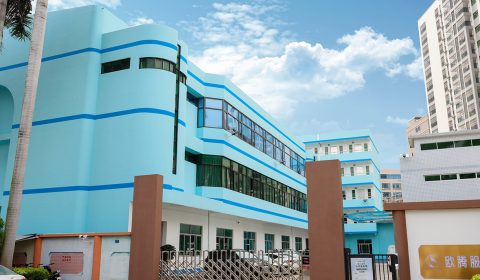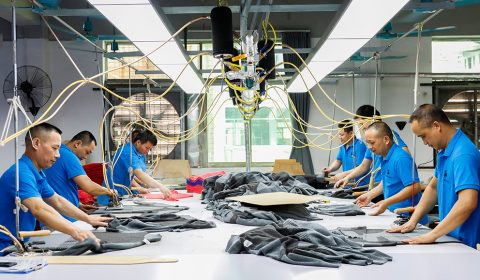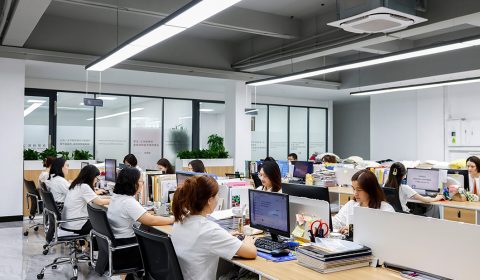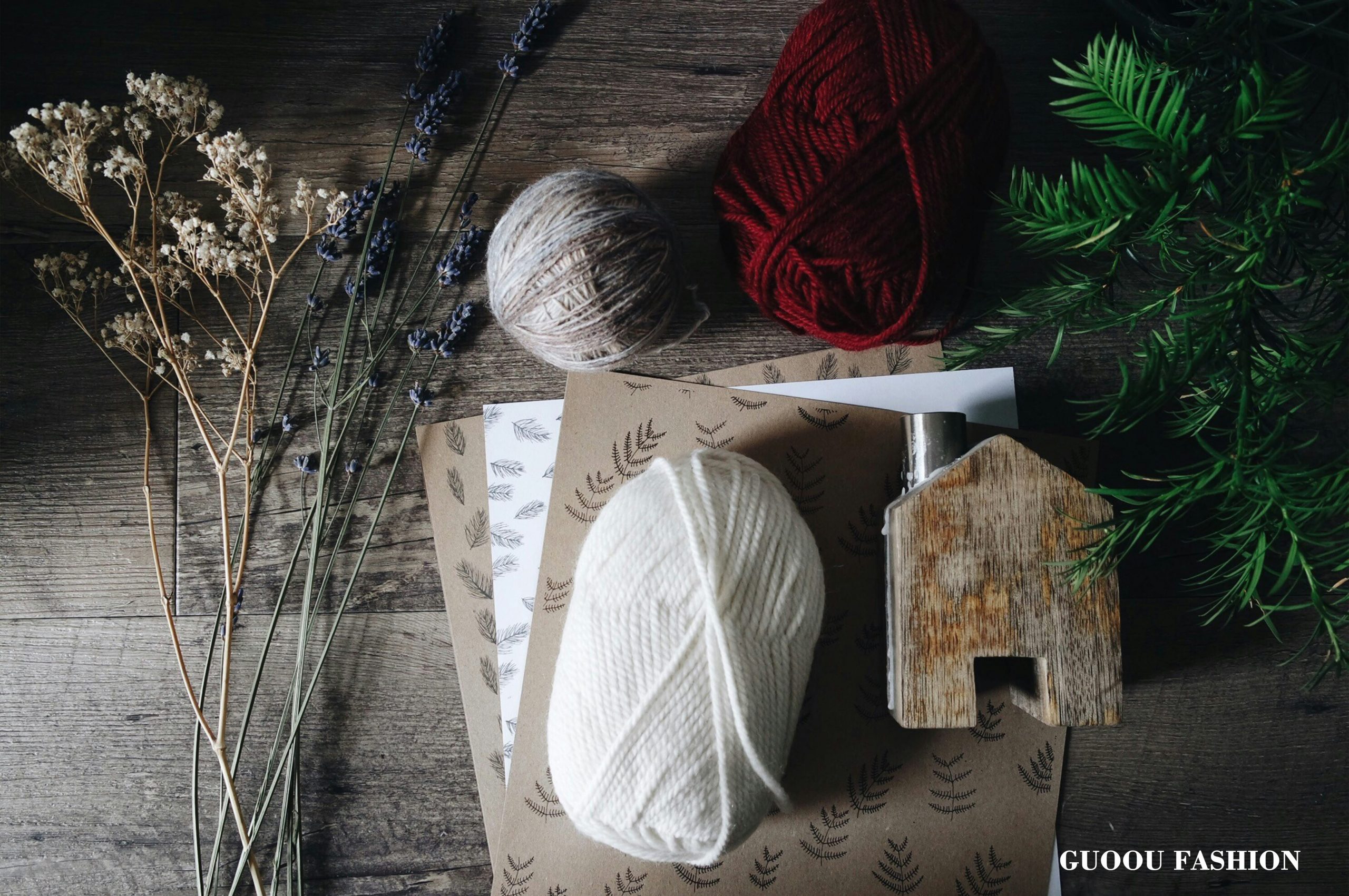Core elements of the brand plan
Before looking for a clothing factory, it is crucial to develop a brand plan. This plan will serve as a roadmap for the brand’s development, guiding the brand’s development direction, market positioning and marketing strategy. When developing a brand plan, many factors need to be taken into account, including the target audience, competitors, product positioning and so on. These two aspects are extended separately below.
Understanding the target audience is the key to brand planning. The target audience is the main consumer group for which the brand is targeted, and their needs, preferences and purchasing behaviors will directly affect the development of the brand. Therefore, the brand plan needs to analyze the characteristics of the target audience in detail, including age, gender, region, income level, consumption habits, etc. Through market research and data analysis, the needs of the target audience can be more accurately grasped, which provides strong support for the brand’s product design, pricing and marketing activities. For example, if the target audience is mainly young people, then the brand can focus on fashion, personalized design, and adopt a more lively and down-to-earth marketing approach; If the target audience is middle-aged and elderly, the brand can focus on quality, comfort, and adopt a more stable and traditional marketing strategy.
Second, researching competitors is also an integral part of the brand plan. Understanding competitors’ product positioning, sales channels, market share and other information can help brands find their own positioning and avoid fierce competition with competitors directly. Through the analysis of competitors, brands can find the gaps and opportunities in the market, formulate targeted marketing strategies, and enhance their competitiveness in the market. At the same time, the brand can also learn from the successful experience and lessons of competitors, avoid repeating mistakes, and improve the efficiency of brand development. For example, if competitors do well in online sales, brands can strengthen their own e-commerce channel construction and enhance online sales capabilities; If a competitor has an advantage in a certain market segment, the brand can choose to avoid direct competition and find other market Spaces with potential.
Making a brand plan is a key step in brand development. Through in-depth understanding of the target audience and competitors, brands can have a clearer understanding of the market environment, find their own positioning, and formulate effective marketing strategies, so as to achieve long-term and stable development. Before looking for a clothing factory, the brand plan will provide strong support for the production and sales of the brand, ensuring the competitiveness and sustainable growth of the brand in the market.
Identify the key to the right supplier for the business
Before you work with a potential plant, it’s important to know if they have experience with similar projects. By asking the factory directly, you can get detailed information about their past work. You can ask if the factory has ever produced a product similar to your project, or if it has experience in a similar industry. Knowing their past work experience will allow you to better assess whether they have the skills and abilities to meet your needs. In addition, you can also ask if the factory has employees working on similar projects, and their professional background and experience. By asking these questions, you can gain a better understanding of the actual capabilities of your plant in order to make informed decisions.
In addition to asking directly if the plant has experience with similar projects, looking at the actual evidence is an important step in assessing whether the plant is a good fit for your business. You can ask for case studies of past projects, customer reviews or product samples. By looking at this evidence, you can get a more intuitive understanding of the quality of work, production capacity, and customer satisfaction at your plant. In addition, you can also ask the factory to provide relevant certifications and qualifications, such as ISO certification, product quality inspection reports, etc. This evidence can give you more information about the reputation and professionalism of the plant. Make sure you look at the evidence based on objective criteria so you can make an accurate judgment and choose the plant partnership that best suits your business needs.
The degree of specialization of the factory
Choosing a factory that knows the type of clothing you produce means that the factory can fully understand the characteristics and requirements of the clothing products you design. This understanding is not only reflected in the grasp of product design and style, but also includes the understanding of fabrics, processes and details. For example, if you are a designer producing high-end cashmere products, choosing a factory that knows cashmere products can ensure that they have a deep understanding of the characteristics of cashmere fabrics, can handle the fabric properly and guarantee the quality of the product. The factory’s in-depth understanding of the product can also put forward reasonable suggestions and improvement programs in the production process, so as to improve the quality of the product and market competitiveness.
At the same time, choosing a factory that knows the type of clothing you produce usually means that they have a lot of production experience and technical specialization in the relevant field. This specialization is reflected in the optimization of process technology, equipment configuration and production processes. Taking high-end cashmere products as an example, the processing and production of cashmere requires certain professional technology and equipment support, and the factory that understands cashmere products often has advanced processing equipment and skilled operators, which can ensure the precision and efficiency of the product production process. In addition, technically specialized plants are usually able to flexibly respond to various production challenges and can take timely measures to deal with problems in the production process, thus ensuring production schedule and product quality.
Minimum order quantity
Minimum order quantity (MOQ) plays a key role in the production process and has a direct and significant impact on the cost of the final product. MOQ may vary from plant to plant, depending on factors such as plant size, equipment, resources, and production capacity. Understanding the MOQ of different plants is very important because it is directly related to production costs, inventory management, and the efficiency of order execution.
First of all, understanding the MOQ of the plant helps to formulate reasonable production planning and inventory management strategies. For small-scale enterprises or emerging brands, it may not be able to meet the requirements of mass production, so choosing a factory with a low MOQ is a more appropriate choice. By knowing the MOQ of different plants, companies can better plan production volumes and avoid increased inventory costs due to over-budget. In addition, an understanding of MOQ can also help companies better anticipate sales demand and avoid the risk of product backlogs or poor sales.
Secondly, understanding the MOQ of different factories can help enterprises reduce production costs and improve competitiveness. Under normal circumstances, as the number of orders increases, the production cost per unit of product will gradually decrease, which is due to the effect of scale. Therefore, choosing a factory with a low MOQ may result in a higher cost per unit of product, thus affecting the profit margin of the enterprise. However, when making production plans and procurement strategies, enterprises can find a balance point by comparing the MOQ of different factories, which can not only meet market demand, but also minimize production costs, thereby improving the competitiveness of enterprises.
Understanding the MOQ of different plants is crucial for a company’s production and supply chain management. Through a full understanding of MOQ, enterprises can develop reasonable production plans and inventory management strategies, reduce production costs, improve competitiveness, and thus achieve long-term sustainable development.




 English
English Deutsch
Deutsch Français
Français Italiano
Italiano Español
Español Русский
Русский Polski
Polski Nederlands
Nederlands Svenska
Svenska
